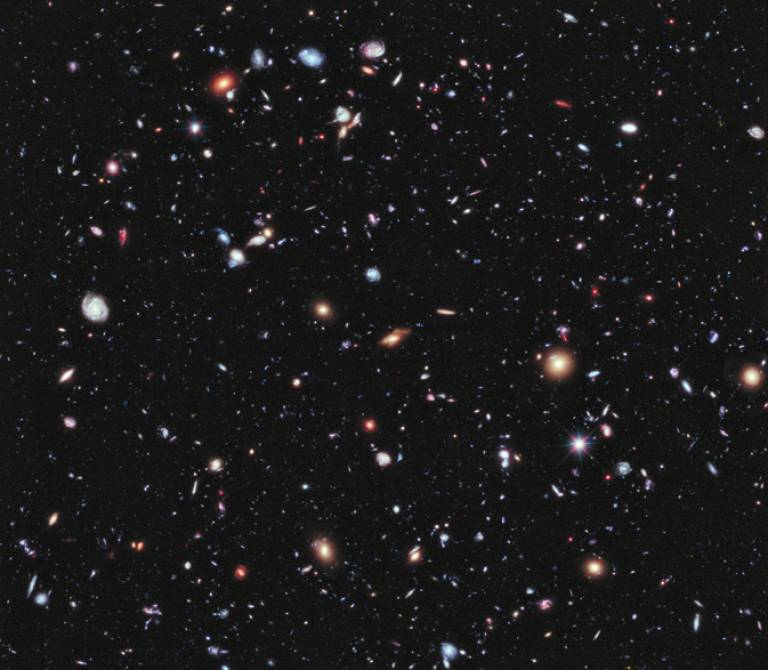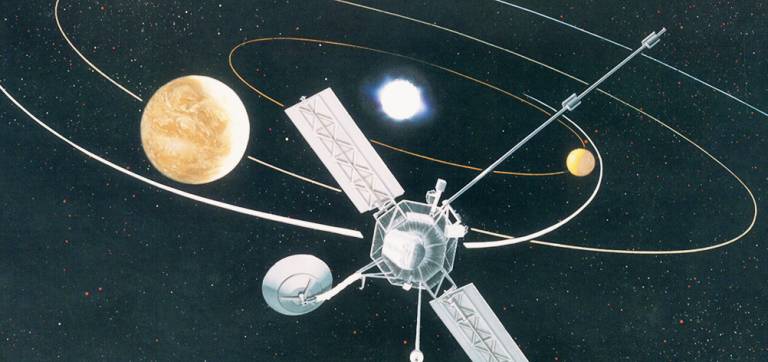Einstein's general relativity passes another stringent test
11 July 2016

In a recent paper published today in the Astrophysical
Journal, Ignacio Ferreras (UCL Space & Climate Physics/Mullard Space
Science Laboratory) and Ignacio Trujillo (IAC) presented the most
detailed test of the so-called cosmological redshift.
The
theory of General Relativity -- which celebrated its 100 years in 2015,
and received its latest confirmation through the discovery of
gravitational waves this year -- predicts a general expansion of
space-time in our Universe, leading to the Big Bang model.
This
expansion produces changes in the observed wavelength of light from
distant sources, so that distant galaxies appear redder than their
nearby counterparts. This effect can be described by a simple scaling
relation, where the observed wavelength is the wavelength in the
emission source multiplied by a factor (1+z), where z is the redshift
term. z is a number close to zero for nearby galaxies, increasing with
the distance to the source.
This effect has been routinely
observed in galaxy spectra for over 100 years, with pioneering studies
from Slipher and Hubble. By dispersing the light from distant galaxies,
it is possible to compare features in the spectra - produced by atomic
level processes in the atmospheres of the stars in the galaxies - with
the equivalent ones in nearby galaxies, where the redshift effect is
smaller.
In this paper, the authors explored in a minute level of
detail possible departures from this simple redshift law. Such changes
could be expected, for instance, if gravity were not perfectly explained
by General Relativity, or if the photons from distant sources
experimented interactions with the intergalactic plasma along its path
to the
observer.
By combining up to half a million optical
spectra from the Sloan Digital Sky Survey, the authors could constrain
variations down to 1 part per million. Following many tests that looked
for potential systematic effects in the results, the authors confirmed
that no significant departure from the standard (1+z) law is found,
providing yet another stringent test on the predictions of General
Relativity.
 Close
Close




